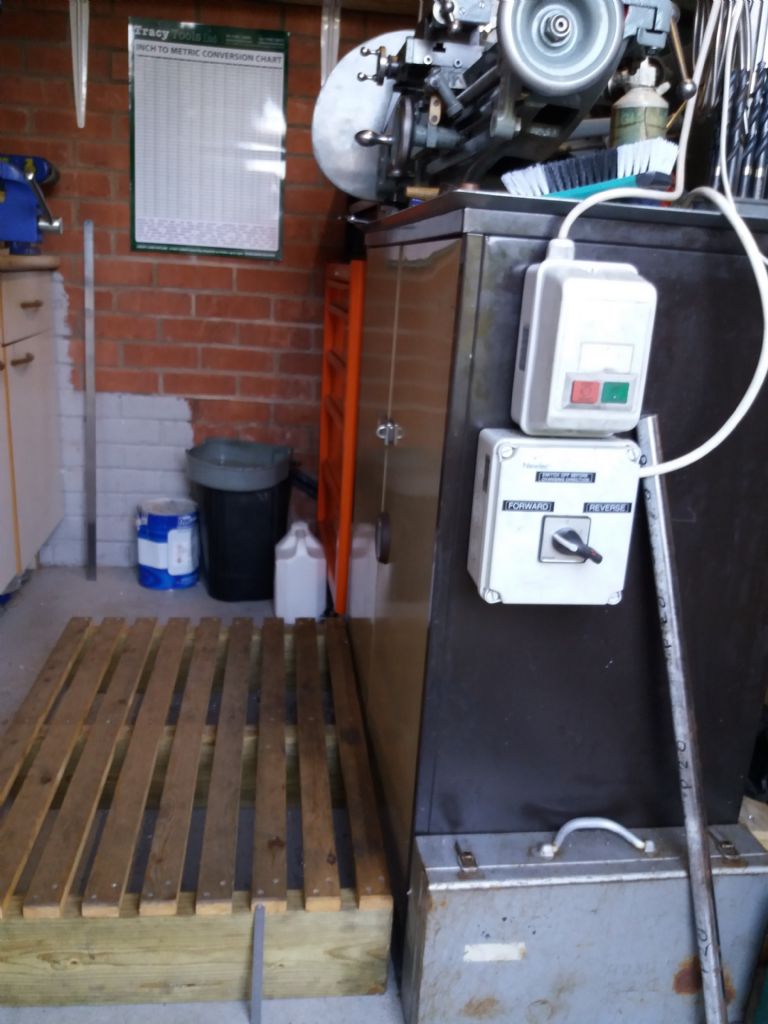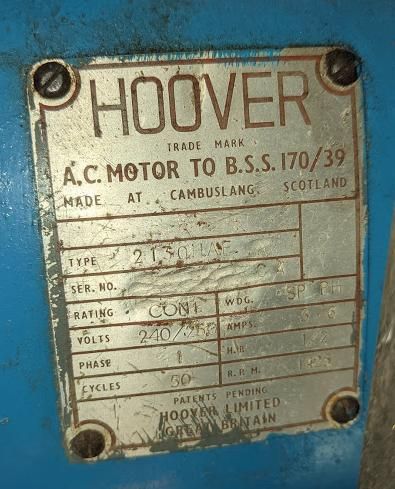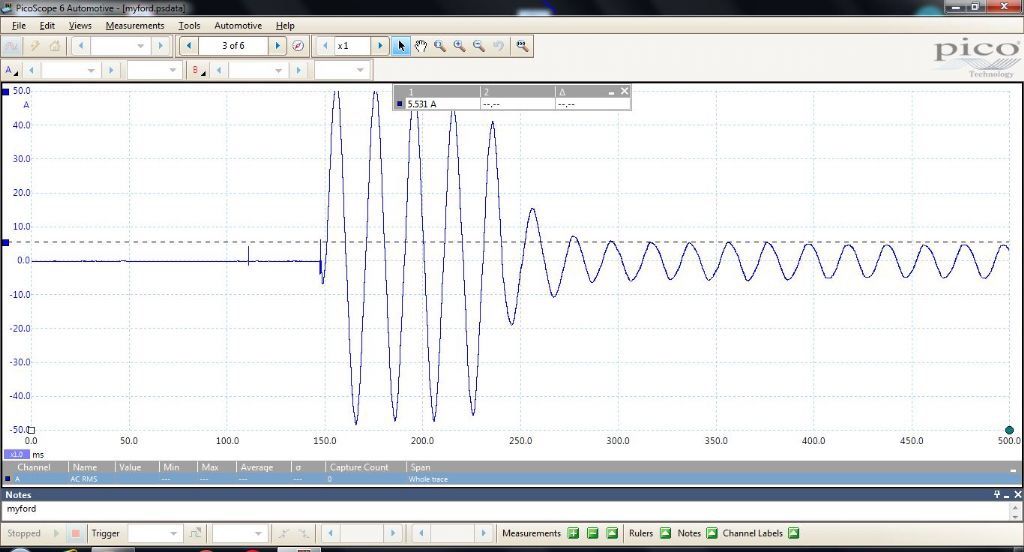Ideally, you need a No Volt Release switch, for a start. This will prevent an unexpected restart after mains power being restored after an outage. Otherwise, you might have you hands amongst the "works", when power is restored and the machine restarts.
Most people also like to have a switch which will cause the motor to run in either forward or reverse.
BUT be careful, chucks are screwed on to Myford (and lots of other lathes as well ) so running in reverse, certainly cutting, can cause hte chuck to unscrew. Having a chuck weighing some 10Kg spinning on the loose, around the workshop, can be dangerous for you, the machine, and your environment.
Most of us have run a lalthe in reverse, at some time and been lucky not to have the chuck come loose or come off. So you need to be extremely careful, if you do run in reverse at all.
As a newvbie, I would suggest buying some books to prepare your self for machining, if you are unfamiliar. A lot of questions will be answered by such books as:
The Amateurs lathe – L H Sparey,
The Amateurs Workshop – Ian Bradley
The Myford Series 7 Manual – Ian Bradley
or books by Harold Hall on Lathework.
Neil Wyatt and Dave Fenner have written books on the mini lathe, although not about the Myford, the basic principles remain the same; just the detail of the machines.
If you can get hold of back numbers of Model Engineers Workshop, Neil Wyatt did a series of articles on basic lathework, admittedly not on a Myford, but setting out the basic principles.
They will be time and money well spent, that answer questions, and prevent you making mistakes, as well improving the quality of what you produce.
These books will guide you through such things as tool sharpening, so that you learn what extra accessories and tools are needed. Once you have a lathe, you need to know how to sharpen tools, how to set them, and what measuring equipment is need for various tasks.. Also you will learn the abilities, and the limitations, of your machine. (Not to mention, your own! )
As you become more experienced and proficient, your horizons will expand and the need for more accessories become apparent, so that they can be acquired and used.
We all had to start somewhere. Once it surprised me to find that a given reduced the diameter by twice as much!
I am not a lifelong machinist, the basics were taught and then I did not touch a machine tool for another 25 years, although in industry I saw a lot.
Find a local Model Engineering Club and join. You will meet fellow enthusiasts, who will advise, help and demonstrate face to face. You can learn a lot just by watching!
HTH
Howard
old mart.








